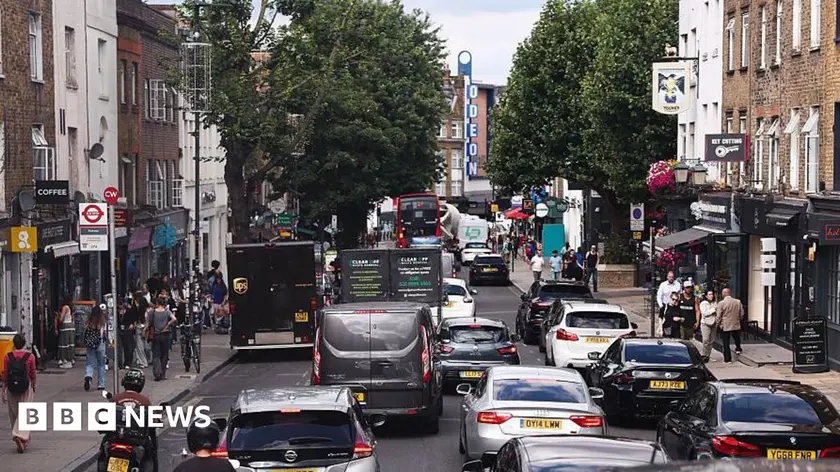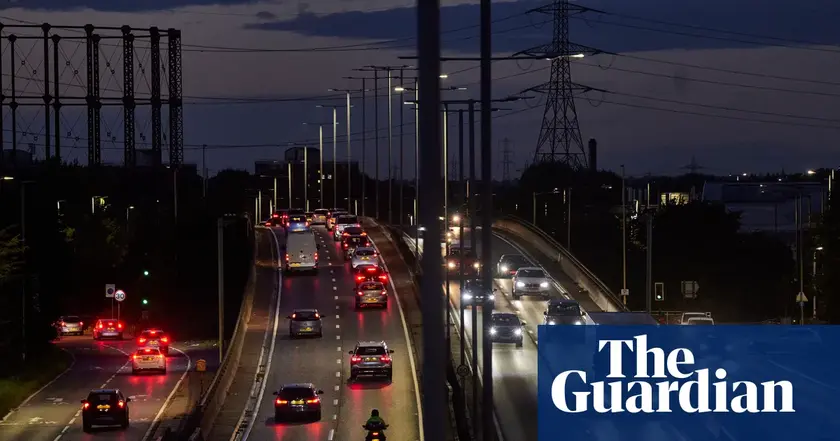T4K3.news
Eye test rule for drivers aged 70 plus announced
UK ministers propose eye tests every three years for drivers over 70 as part of a broad road safety reform.

Ministers plan a broad road safety reform including eye tests for older drivers and a lower drink drive limit.
Eye test rule targets drivers aged 70 plus
Ministers are drawing up a wide road safety strategy that would require an eye test for drivers aged over 70 every three years when renewing their licence. The package could also include a medical check for conditions such as dementia, a lower drink-drive limit for England and Wales, tougher penalties for uninsured drivers, and new rules that make seatbelt wearing more enforceable for both drivers and passengers. Roadside saliva tests for drug driving are among the ideas under consideration, along with measures to crack down on ghost plates and strengthen penalties for those who do not wear seatbelts. The plan, expected to be published in the autumn, would be the most far-reaching reform since the Road Safety Act of 2006 and comes as road deaths and serious injuries have begun to creep back up after years of decline.
Key Takeaways
"It cannot be right that one person is killed or seriously injured on our roads every 18 minutes"
Official remark cited in coverage about the human cost of road accidents
"It is in everyone's interests to tackle road safety and bring the levels of death and serious injuries down significantly"
Edmund King, president of the AA, on the reform’s aims
"We need more officers to police the streets — at least 1,000 more roads officers"
Steve Gooding of the RAC Foundation calling for stronger enforcement
"In other countries such as Australia and Canada the introduction of new measures has reduced deaths and serious injuries"
King comparing international results to suggest potential gains
The reform signals a shift toward preventive screening and stronger enforcement to curb rising casualties. It also tests the government’s ability to translate tougher rules into real-world safety gains, especially if funding and policing capacity lag behind ambitious timelines. Critics may worry about targeting older drivers or about pushing through reforms without clear budgets, while supporters argue that urgent action is needed to reverse troubling trends in drug driving and seatbelt non-compliance.
Highlights
- Eyes open, roads safer for all
- Clear tests, clear streets
- A plan without enforcement is a whisper
- Policy reform needs backing and funding
Road safety reforms face political and budget risks
The plan relies on primary legislation and significant funding. Enactment could face political resistance and public scrutiny, and successful enforcement depends on staffing and resources.
Delivery will test capacity as much as policy ambition
Enjoyed this? Let your friends know!
Related News

UK ministers push ahead on road safety overhaul

Road safety plan update

Eye tests for seniors gain momentum

UK road safety push tightens eye tests for older drivers and cuts drink-drive limit

New cardiology recommendations aim to lower heart disease

Domenicali signals a new sprint era

Online safety act tests privacy and tech sector

Drivers over 70 may face new testing requirements
